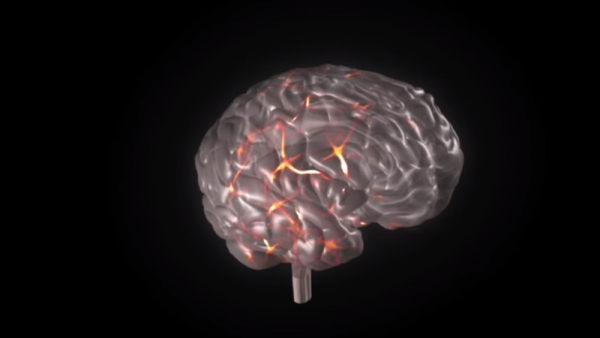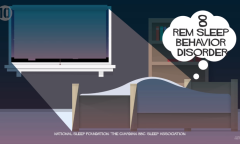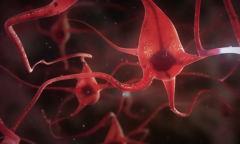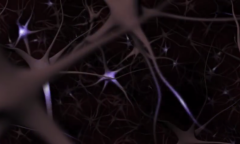By KM Diaz, | June 14, 2017

Scientists, who have been studying the studying human brain, found that the organ works on up to 11 different dimensions, making multiverse-like structures. (YouTube)
Scientists, who have been studying the studying human brain, found that the organ works on up to 11 different dimensions, making multiverse-like structures. Using the advanced mathematical system, they uncover architectural structures that arise when the brain needs to process certain information before disintegrating into nothing.
Like Us on Facebook
The findings reveal the complex processes involved in the production of neural structures which could be the key to why the brain is difficult to understand and tying together the structure and its corresponding function. The study was published in the journal Frontiers in Computational Neuroscience.
The team from EPFL, Switzerland conducted the study as part of the initiative in making a biologically detailed reconstruction of the human brain or the Blue Brain Project. Initially, the team worked on rodent brains with the use of supercomputer simulations to investigate the complex interactions in different regions.
In the study, researchers pointed on the neural network structures in the brain using the system that defines the networks with constantly changing structures and spaces - algebraic topology. This is the first ever neuroscience study applying this type of math. Kathryn Hess, the study author, explains that algebraic topology is like a microscope and a telescope at the same time. It is capable of seeing empty spaces and zooming within networks to detect hidden structures.
Researchers carried out multiple tests on virtual brain tissue to detect brain structures that would never appear just by chance. They then carried out the same experiments on real brain tissue to confirm their virtual findings. When the virtual tissue was presented with the stimulus, researchers found groups of neurons form a network. Every neuron connects to another neuron in a particular way to present a definite geometric object, and the more neurons in a network, the higher the dimensions - up to 11 different dimensions.
Structures constructed formed information for high-dimensional holes, the team dubbed as cavities. As soon as the brain processed the information, the network, as well as the cavity disappears. Ran Levi, one of the researchers, said that the presence of high-dimensional cavities upon the processing information of the brain indicates that the neurons in the network could react to stimuli in an organized manner.
The brain is as if reacting to a stimulus by constructing then dismantling a tower of multi-dimensional blocks, from rods (1D), planks (2D), cubes (3D), and more complex geometries with 4D, 5D, and so on. The series of activity is similar to a multi-dimensional sandcastle that forms out of the sand, and then disintegrates, Levi noted.
The director of the Blue Brain Project, Henry Markram, said that the findings could help researchers on explaining why the brain is difficult to understand and also indicates the brain processes stimuli by generating complex networks and cavities. The next step for researchers is to identify whether our ability to do complicated tasks needs the production of these multi-dimensional structures.
-
Use of Coronavirus Pandemic Drones Raises Privacy Concerns: Drones Spread Fear, Local Officials Say

-
Coronavirus Hampers The Delivery Of Lockheed Martin F-35 Stealth Fighters For 2020

-
Instagram Speeds Up Plans to Add Account Memorialization Feature Due to COVID-19 Deaths

-
NASA: Perseverance Plans to Bring 'Mars Rock' to Earth in 2031

-
600 Dead And 3,000 In The Hospital as Iranians Believed Drinking High-Concentrations of Alcohol Can Cure The Coronavirus

-
600 Dead And 3,000 In The Hospital as Iranians Believed Drinking High-Concentrations of Alcohol Can Cure The Coronavirus

-
COVID-19: Doctors, Nurses Use Virtual Reality to Learn New Skills in Treating Coronavirus Patients











